As Singapore Design Week (SDW) returns, the spotlight turns to the much-anticipated Future Impact 2: Homecoming Showcase, currently on view through 17 November 2024 at the Asian Civilisations Museum. Organized by DesignSingapore Council, it’s the return edition of the exhibition after its debut at the historic La Rotonda del Pellegrini during Milan Design Week last April.
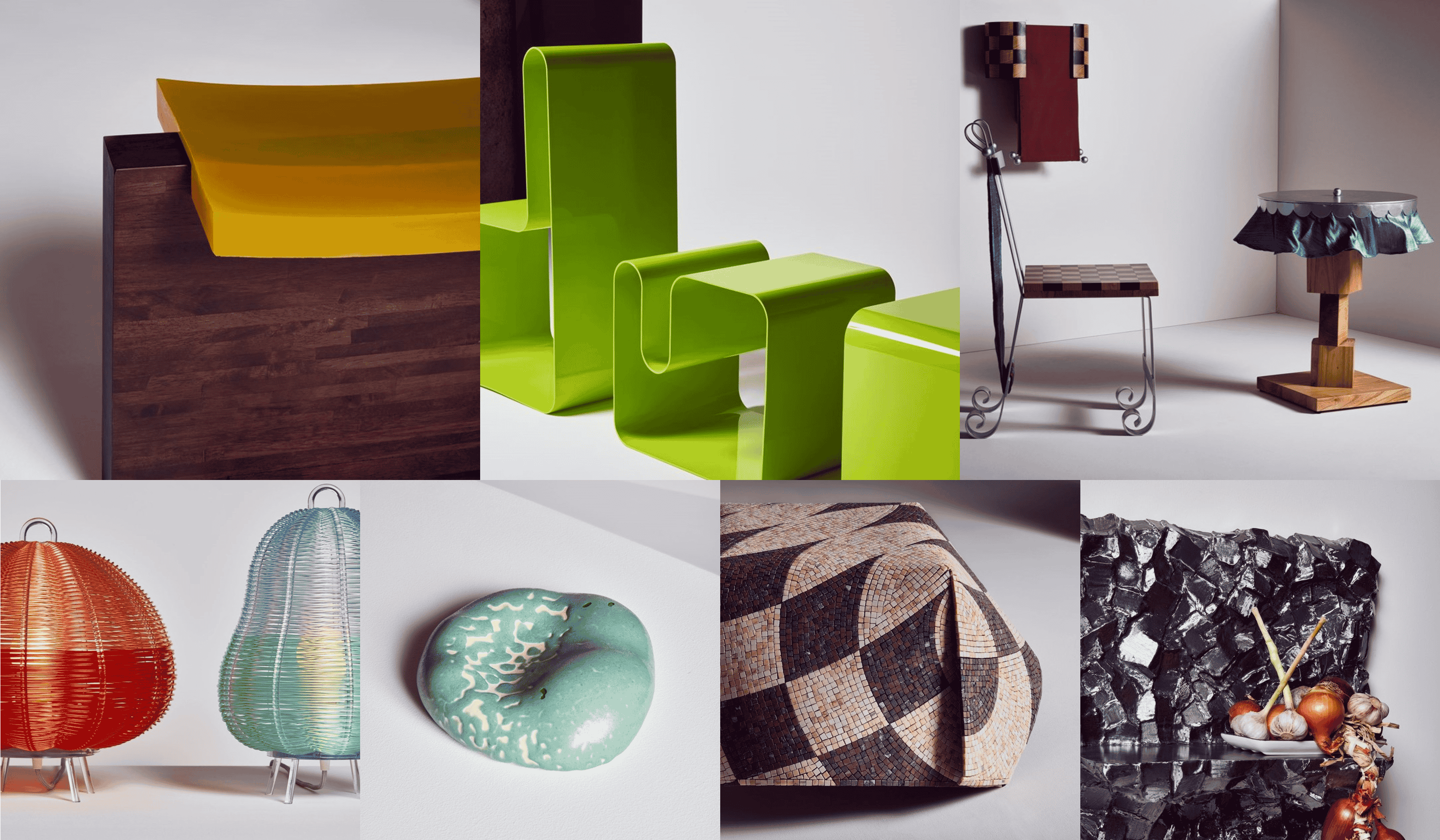 Future Impact 2 (Photos by Mark Cocksedge)
Future Impact 2 (Photos by Mark Cocksedge)
Curated by design consultant Tony Chambers (co-chair of Brainstorm Design, Fortune Magazine’s design and business conference, and former Editor-in-Chief and Creative Director of Wallpaper*) and independent design curator Maria Cristina Didero, the group show highlights Singapore’s most innovative talents who are pushing the boundaries of design with their forward-thinking approaches.
These local designers integrate new technologies to reduce their environmental footprint, rethink modern production methods, and boost functionality – showcasing the power of design to offer inspirational solutions for a sustainable future.
(Related: The art of storytelling - a conversation with curator John Tung)
 Tony Chambers (Photo by Chris Floyd)
Tony Chambers (Photo by Chris Floyd)
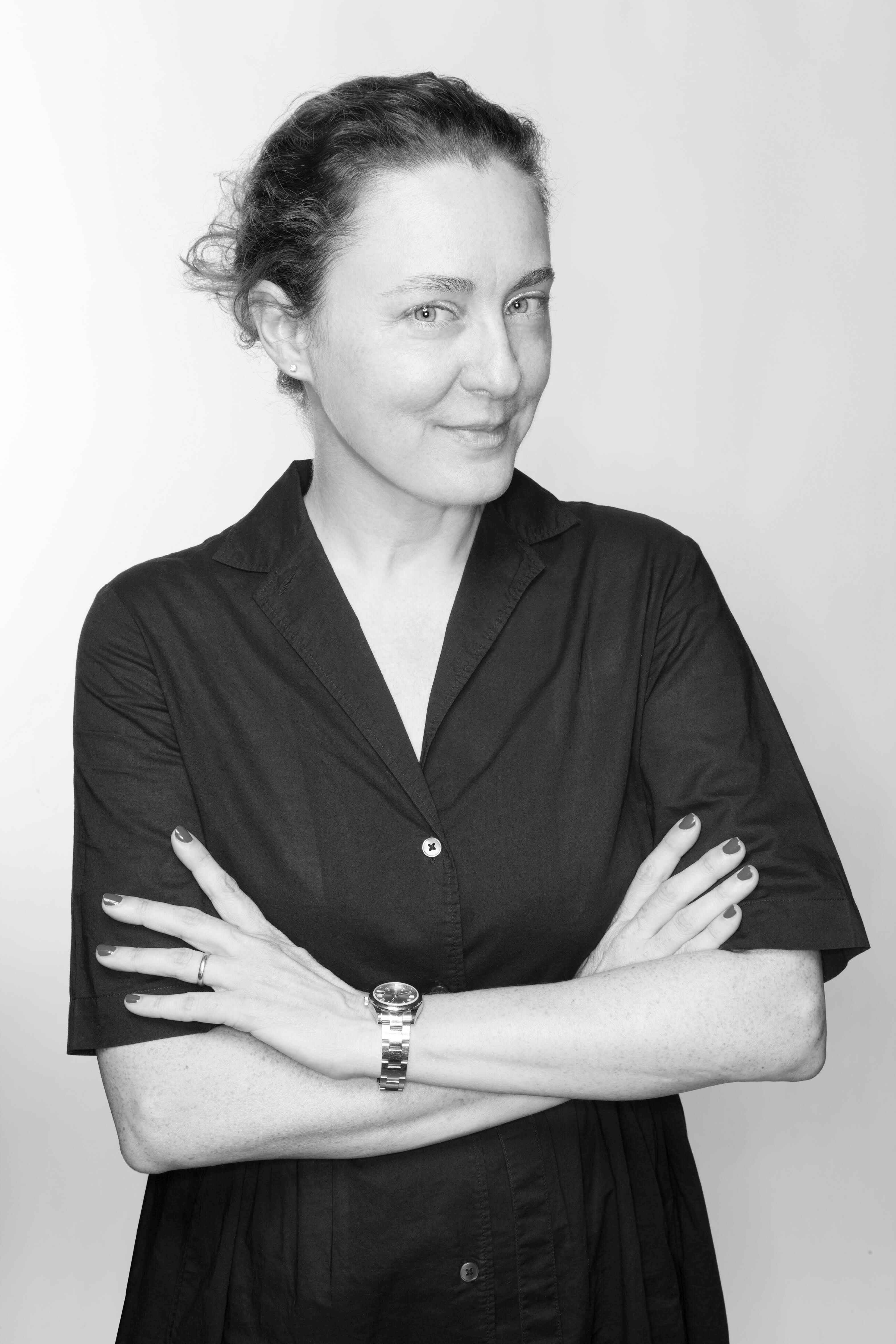 Maria Cristina Didero (Photo by Stefano Ferroni)
Maria Cristina Didero (Photo by Stefano Ferroni)
“All the designers put function first, but without neglecting aesthetics,” states Chambers. “Singaporean designers are creative yet pragmatic. They are thoughtful, curious, and interested in problem-solving – pushing beyond the purely aesthetic to the wider impact design has on our society and the planet.”
Here’s a closer look at the seven individuals or duos who are redefining Singapore’s design landscape with their fearless approach to experimentation and sustainability.
(Related: Creative director Larry Peh embarks on a new creative journey with NORMAT)
- CHRISTIAN+JADE
- DAVID LEE
- FAEZAH SHAHARUDDIN
- GABRIEL TAN
- GENEVIEVE ANG
- TIFFANY LOY
- ZAVIER WONG
CHRISTIAN+JADE
Copenhagen-based Christian+Jade, comprising Christian Hammer Juhl from Denmark and Jade Chan from Singapore, who both graduated from Design Academy Eindhoven, are known for their collaborative approach that blends art and design. They believe that good design leaves behind traces of the creator’s thoughts and intentions, and has the potential to change and transform the way we see objects and the spaces we live in.
Investigating rubber production for SDW 2024, they crafted the Para stool from the Pará rubber tree, which has played a critical role in the history of Singapore and Southeast Asia. Embodying their philosophy of sustainable design, it focuses on the efficient use of materials and minimizing waste. Discovering that rubber wood is usually burnt after three decades of rubber cultivation, Christian+Jade decided to repurpose the underutilized wood, alongside natural rubber, to call attention to the beauty and quality of rubber.
- CHRISTIAN+JADE
- DAVID LEE
- FAEZAH SHAHARUDDIN
- GABRIEL TAN
- GENEVIEVE ANG
- TIFFANY LOY
- ZAVIER WONG
DAVID LEE
Working at the intersection of art and design, David Lee uncovers the unexpected potential of familiar materials. With experimentation at the heart of his creative process and disregarding convention, he welcomes chaos and unpredictability into his structured methodology.
The self-taught artist, who founded the studio I Am Not David Lee in 2016, designs sculptural furniture that embraces self-reliance in manufacturing. Known for his minimalist yet impactful designs, such as his Ugly Ducting lamps composed of LED strips inserted into washing machine hoses, his approach centers on reducing waste and conserving resources, both human and environmental.
Adopting the idea of crafting furniture from a single material like acrylic or plywood for easy recycling, his streamlined Monolith chair and table for Future Impact 2 are each fashioned from a single sheet of aluminium that has been laser cut and bent into its final fluid form. Simplifying production, they do away with joints, optimize resource use, and require minimal manpower, demonstrating that sustainable design can be both practical and aesthetically pleasing.
- CHRISTIAN+JADE
- DAVID LEE
- FAEZAH SHAHARUDDIN
- GABRIEL TAN
- GENEVIEVE ANG
- TIFFANY LOY
- ZAVIER WONG
FAEZAH SHAHARUDDIN
Founder of Studio Kallang, which creates whimsical objects playing with form, materiality, nostalgia, and memories, Faezah Shaharuddin draws inspiration from her formative years living between Singapore and the United States. Her lighthearted objects piece together cultural fragments and are designed to bring joy to users, like her Onde tables and mirrors featuring beaded elements referencing the popular Southeast Asian glutinous rice ball dessert.
For SDW 2024, her Unlikely Fragments is a collection that brings together a curious combination of wood offcuts from her studio’s furniture production and textiles coated in Singapore-based material engineers Xinterra’s COzTERRA formulation – a material innovation that captures carbon dioxide from the air using artificial intelligence technology. Shaharuddin’s work is a powerful statement of the potential for sustainable design solutions, particularly within interior spaces. Her thoughtful integration of state-of-the-art COzTERRA technology not only reduces the environmental impact of her designs, but also showcases how traditional materials like wood can be reimagined in contemporary design.
- CHRISTIAN+JADE
- DAVID LEE
- FAEZAH SHAHARUDDIN
- GABRIEL TAN
- GENEVIEVE ANG
- TIFFANY LOY
- ZAVIER WONG
GABRIEL TAN
No stranger to the international design scene, Gabriel Tan has designed furniture for industry giants B&B Italia, Herman Miller, Duxiana, Design Within Reach, Menu, Blå Station, and Abstracta, while in charge of the creative direction of Japanese furniture brand Ariake and craft-driven label Origin Made. A former navy man who transitioned to industrial design, he cofounded the Singapore- and Barcelona-based design collective Outofstock in 2006, before establishing his design practice, Gabriel Tan Studio, and interior architecture firm, Studio Antimatter, a decade later. Today, he resides in Singapore and Porto, which allows him to draw on influences from both Asia and Europe, as he examines new ways to reinterpret tradition, craft, and technology.
Exemplifying the symbiosis of designer, craftsman, and innovation, his Good Gourd – Hybrid Basketry table lamps for SDW 2024 see fishing lines handwoven by Spanish artisan Idoia Cuesta around 3D-printed, transparent resin lattice structures using ancient basket-weaving techniques. The mélange between efficient digital manufacturing and handcrafting methods reflect how technology can help to preserve age-old craftsmanship. Chambers says, “This hybridization – where a product is partly digitally fabricated and partly woven by hand – can make basket-weaving more accessible for urban craftsmen and speed up the time needed to weave each product, enabling the craft to evolve and live on in new forms.”
- CHRISTIAN+JADE
- DAVID LEE
- FAEZAH SHAHARUDDIN
- GABRIEL TAN
- GENEVIEVE ANG
- TIFFANY LOY
- ZAVIER WONG
GENEVIEVE ANG
In her exploration of our relationship with materials, artist and designer Genevieve Ang has researched repurposing glass waste into glaze, addressing the limited glass recycling infrastructure in Singapore. However, clay remains her medium of predilection, having started ceramics at the age of 10.
Pushing the boundaries of clay and studying the future of materials, she collaborated with the Interactive Materials Lab of the National University of Singapore to prototype Reciproco, an interactive ceramic product that is able to transmit human heat remotely from object to object. Merging craft and innovation, she uses a material with a deep sense of sensory familiarity, while inserting circuits into the ceramics. Activated by touch, the pieces are sandblasted with thermochromic paint that subtly changes color when the surface is heated, while the surface glaze is formulated from glass waste.
- CHRISTIAN+JADE
- DAVID LEE
- FAEZAH SHAHARUDDIN
- GABRIEL TAN
- GENEVIEVE ANG
- TIFFANY LOY
- ZAVIER WONG
TIFFANY LOY
Graduating with a master’s degree in textiles from London’s Royal College of Art, Tiffany Loy is a textile artist trained in industrial design in Singapore and textile weaving in Kyoto. Since establishing her practice in 2014, her experimental works have been exhibited at museums internationally, such as the Singapore Art Museum, Kyoto Municipal Museum of Art, and Triennale di Milano. Reinterpreting traditional craftsmanship for contemporary living, her standout works include The Weaverly Way, a site-specific textile sculpture presented at CitizenM London Bankside hotel, and Supertextures, a series of woven rugs by Singaporean brand, The Rug Maker.
Glass Column, her piece for the exhibition, utilizes glass offcuts that are challenging to reuse, which she cut into triangles and assembled into a three-dimensional lamp based on the stained-glass technique. Manufactured by local glassworks Synergraphic, it challenges the viewer to reconsider the potential of discarded materials, converting them into something new and valuable. Showing how smaller elemental building blocks can be transformed into larger sculptural objects, it echoes her earlier project Mosaic Membrane, made by Italian collaborators Friul Mosaic from stone remnants.
- CHRISTIAN+JADE
- DAVID LEE
- FAEZAH SHAHARUDDIN
- GABRIEL TAN
- GENEVIEVE ANG
- TIFFANY LOY
- ZAVIER WONG
ZAVIER WONG
A graduate of Design Academy Eindhoven, Netherlands-based Zavier Wong trained under Spanish artist Nacho Carbonell, and founded his own practice in 2021, while perfecting his skills as a metalworker at Studio Job. Attracted to materials deemed imperfect, unwanted, or unloved and reviving forgotten techniques, he attaches new value to them, and encourages users to view them from alternate perspectives.
For Future Impact 2, he presents Manifold Steel – Wall Piece No.1, an artwork-like shelf fashioned from thin sheets of metal that are cut, folded, welded, and finished by hand, guided by algorithmic and generative design tools and digital fabrication techniques. Infusing artificial intelligence into a design process driven by bold experimentation, Wong overcomes the limits of production by incorporating new technologies that enhance material efficiency and cut down on waste.







 Future Impact 2 (Photos by Mark Cocksedge)
Future Impact 2 (Photos by Mark Cocksedge)
 Tony Chambers (Photo by Chris Floyd)
Tony Chambers (Photo by Chris Floyd)
 Maria Cristina Didero (Photo by Stefano Ferroni)
Maria Cristina Didero (Photo by Stefano Ferroni)
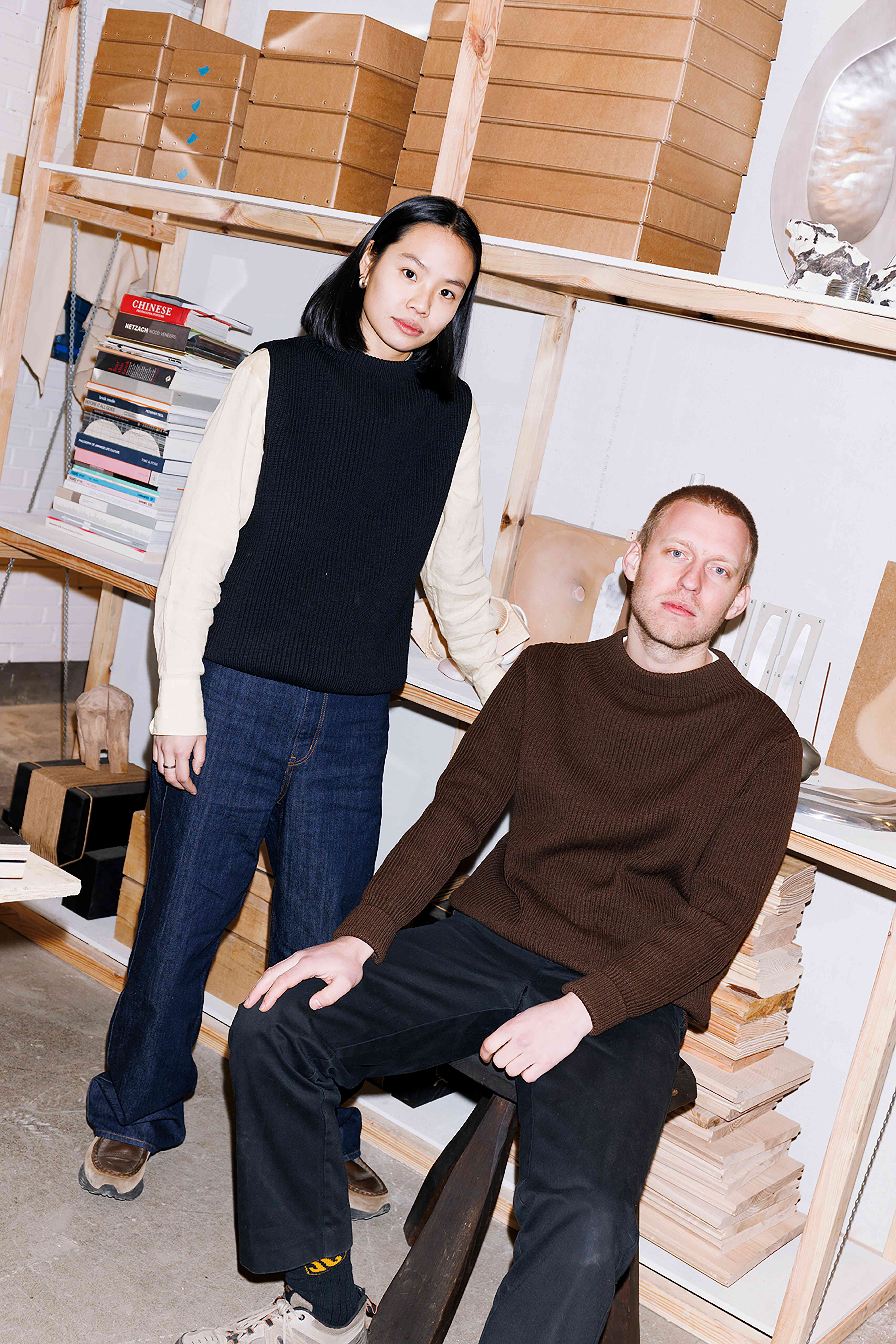
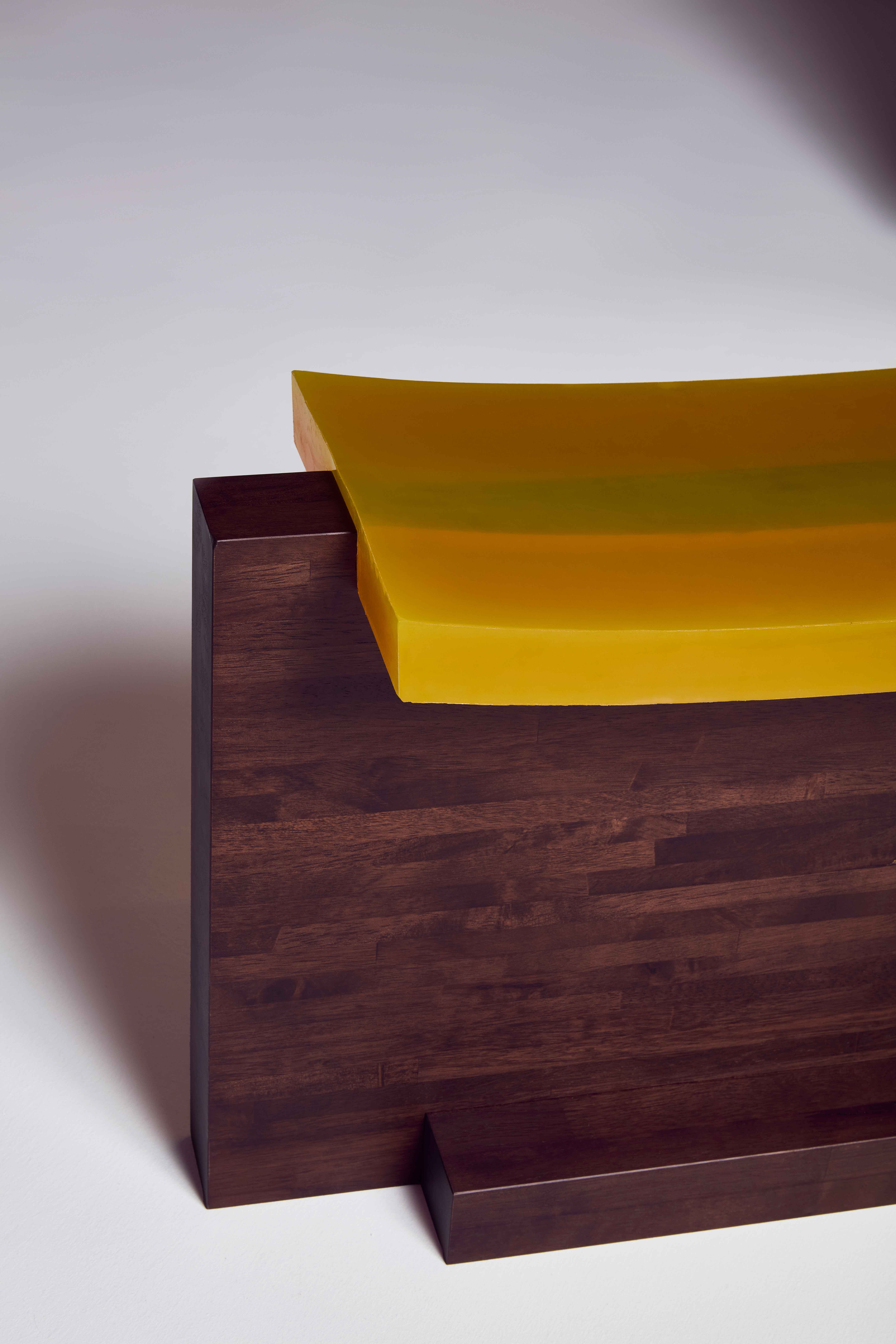

.jpg)
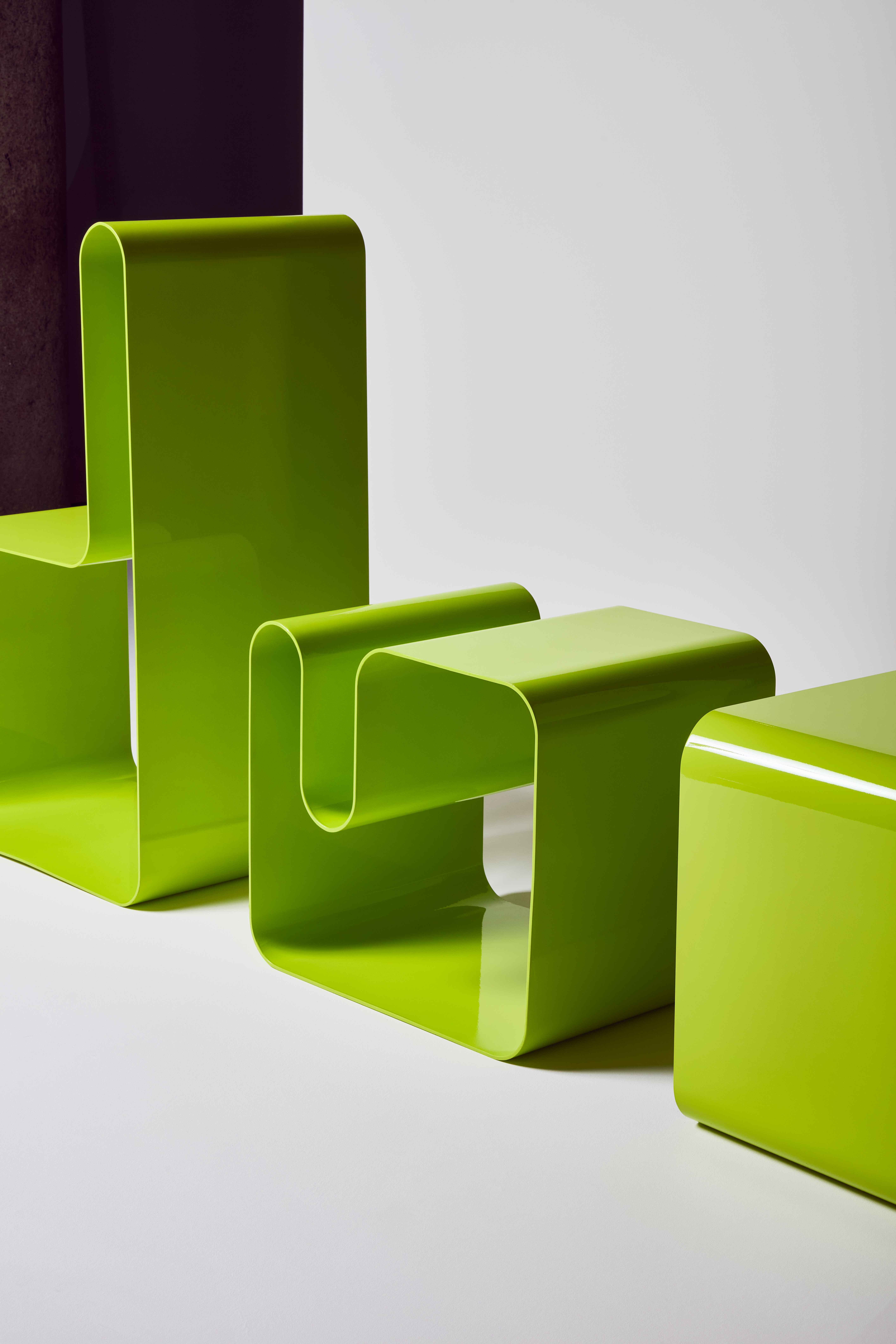
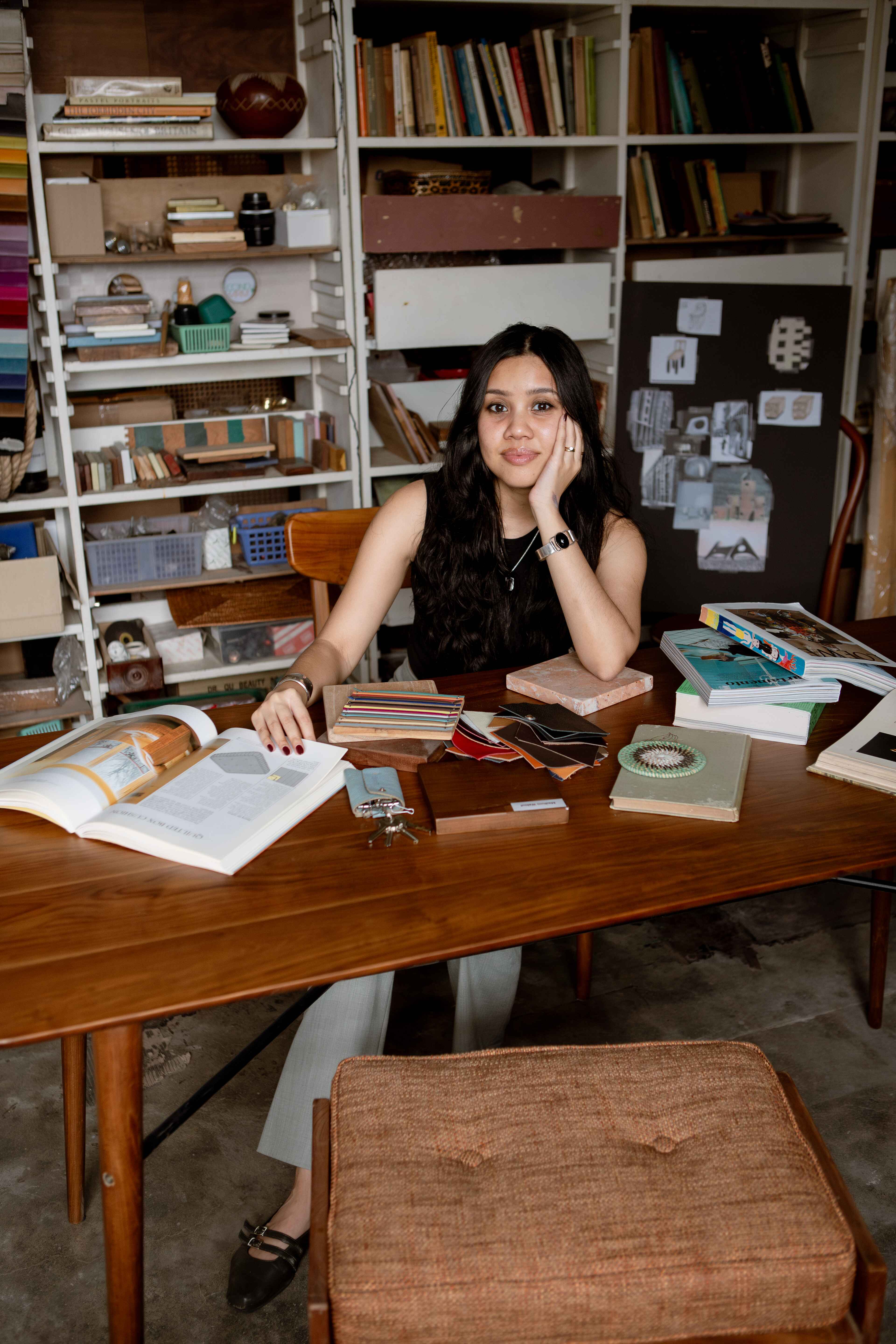
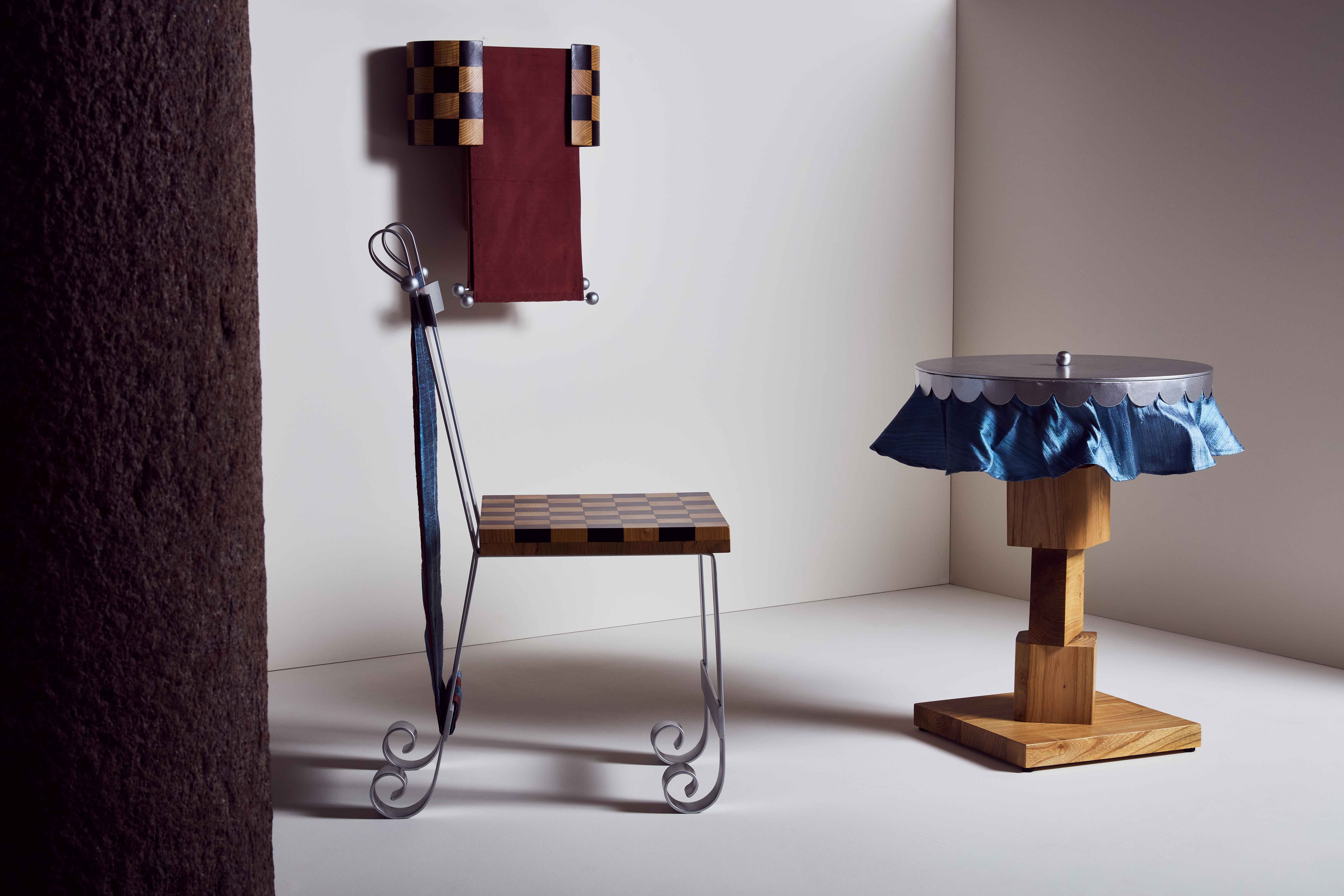
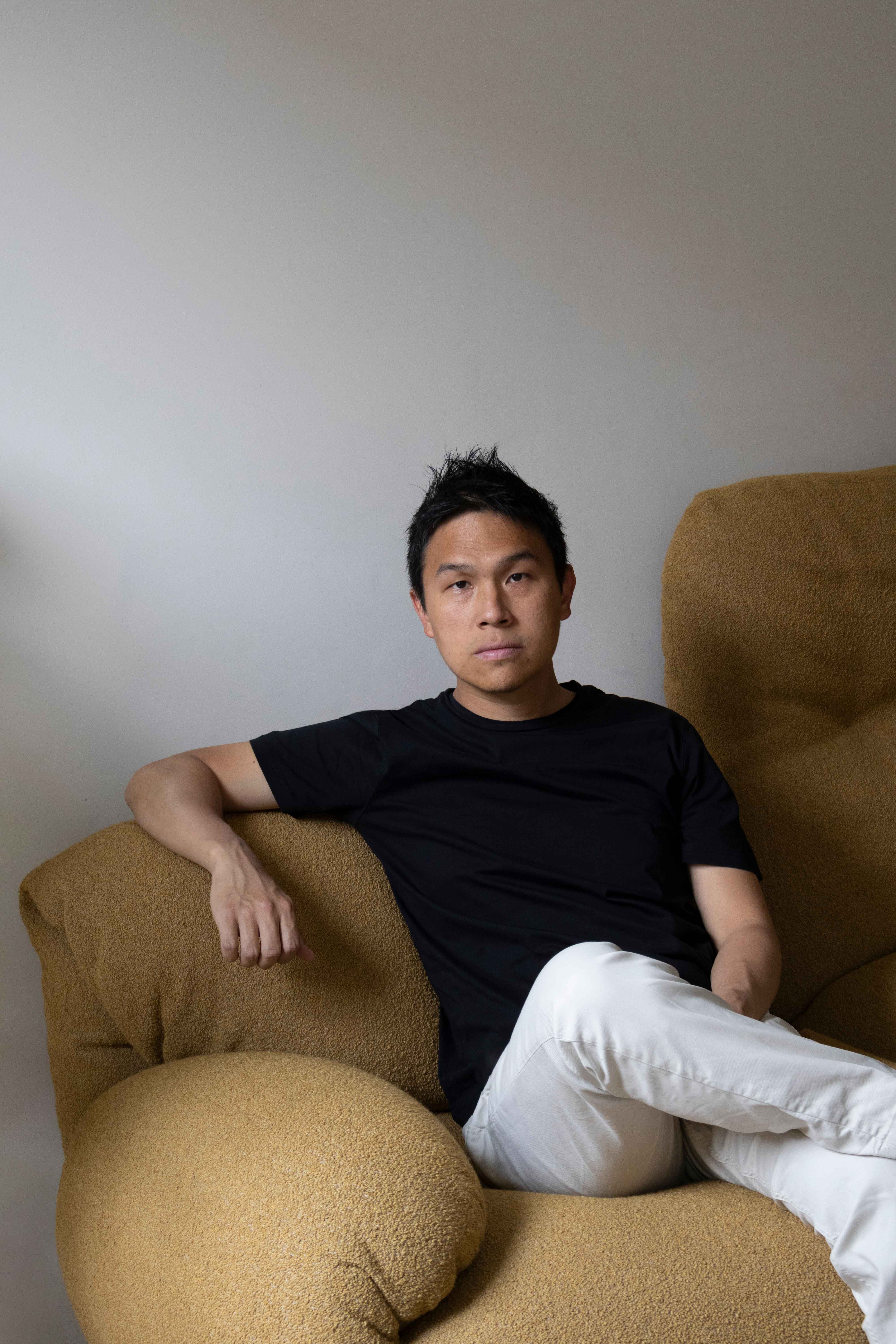
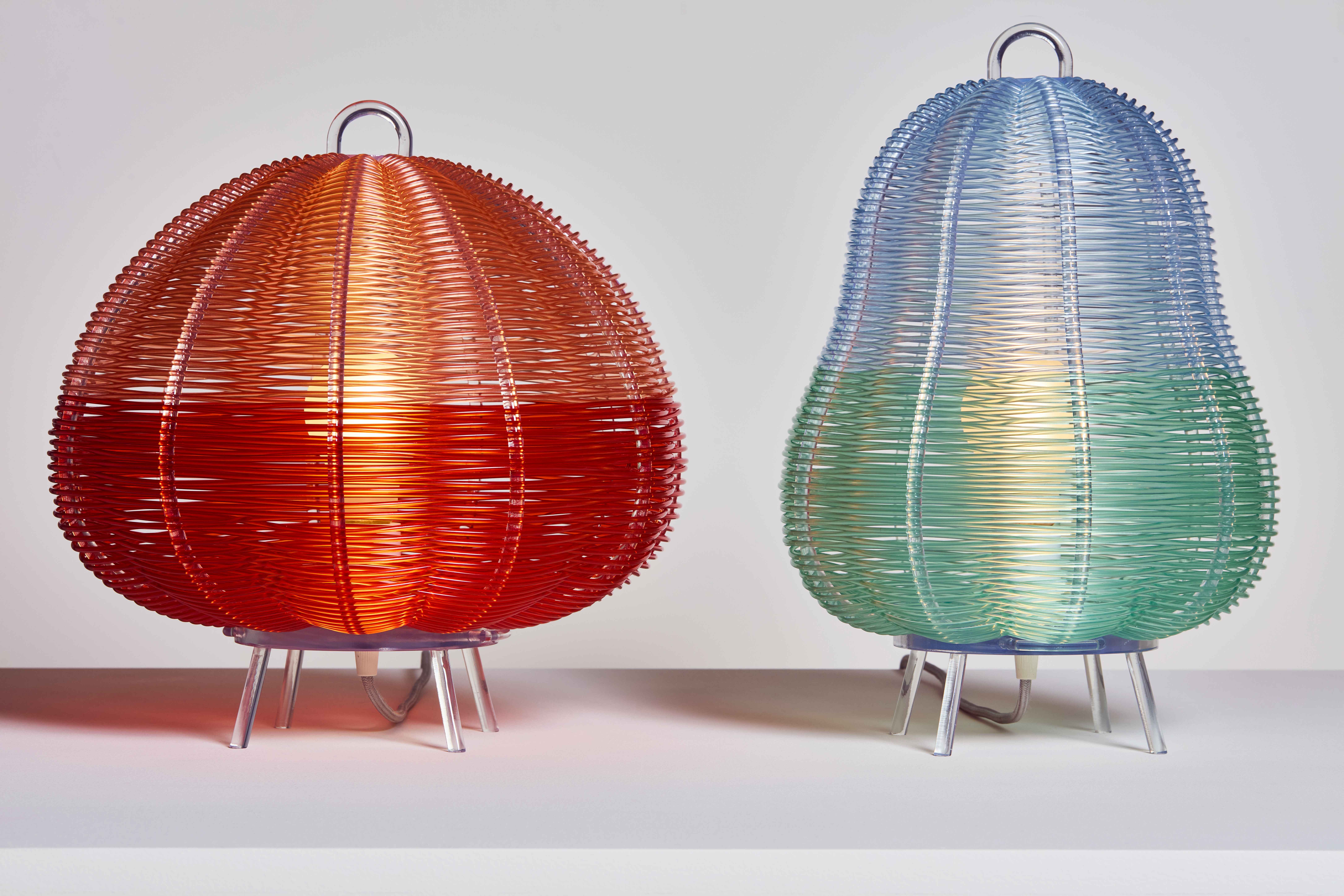
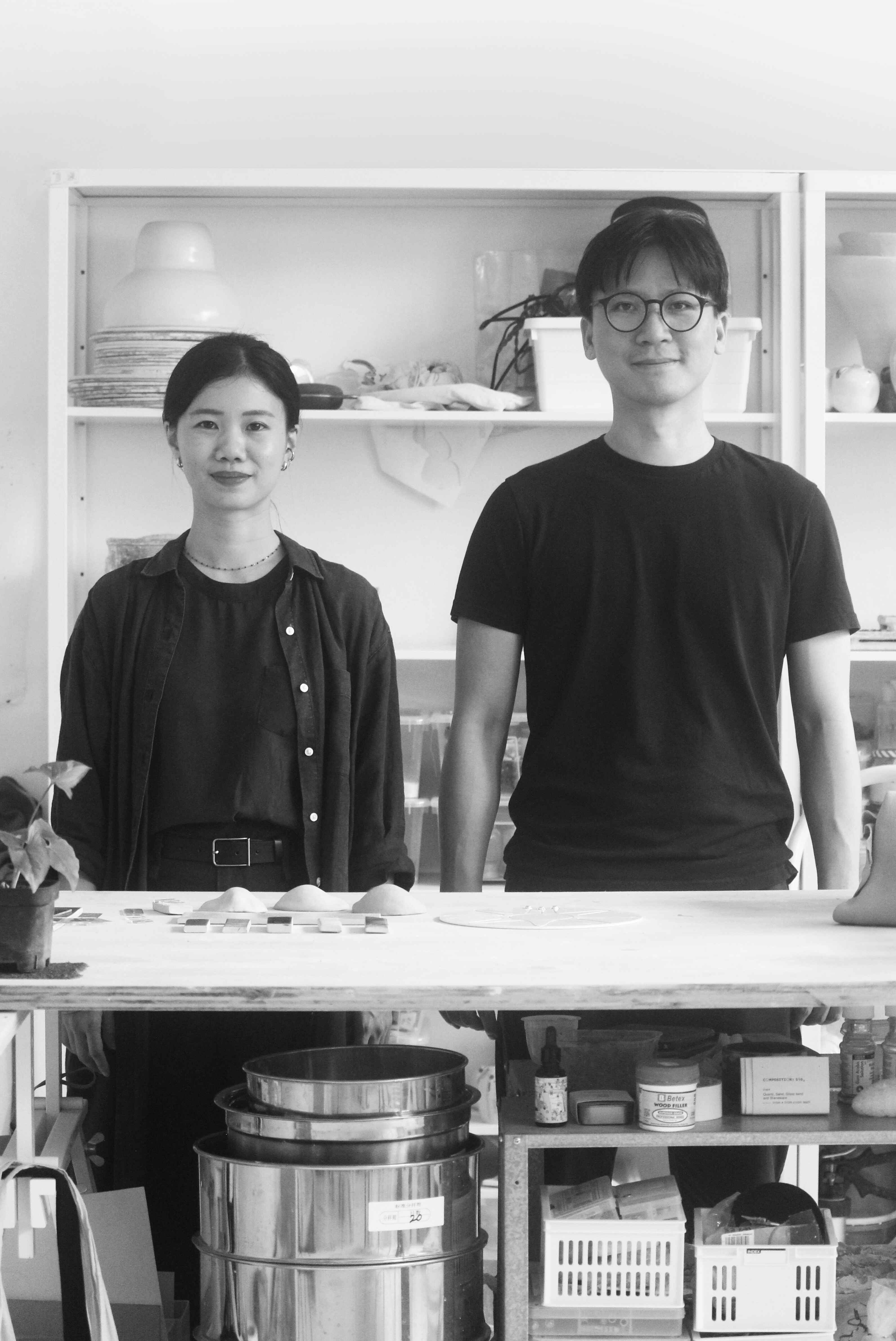
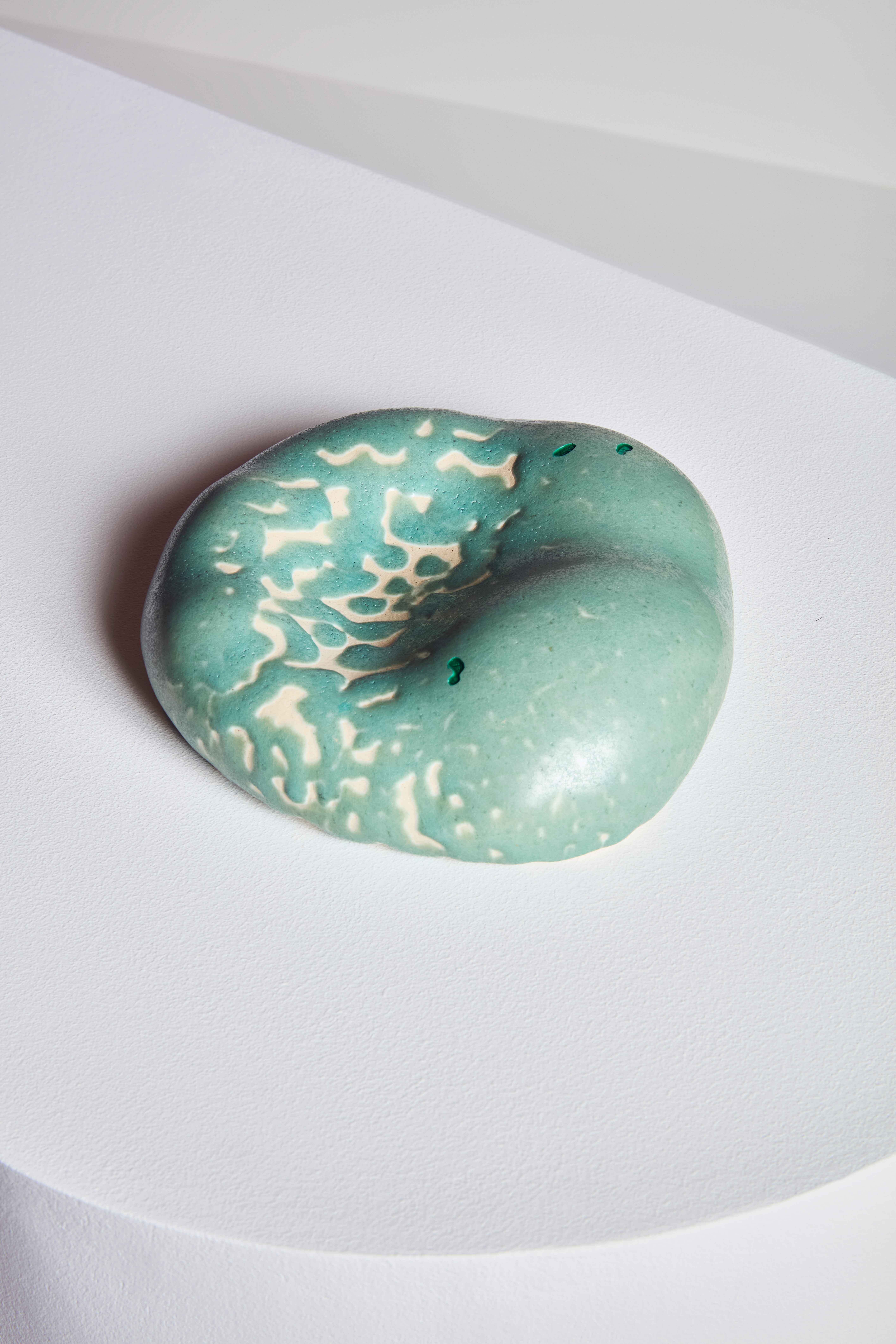
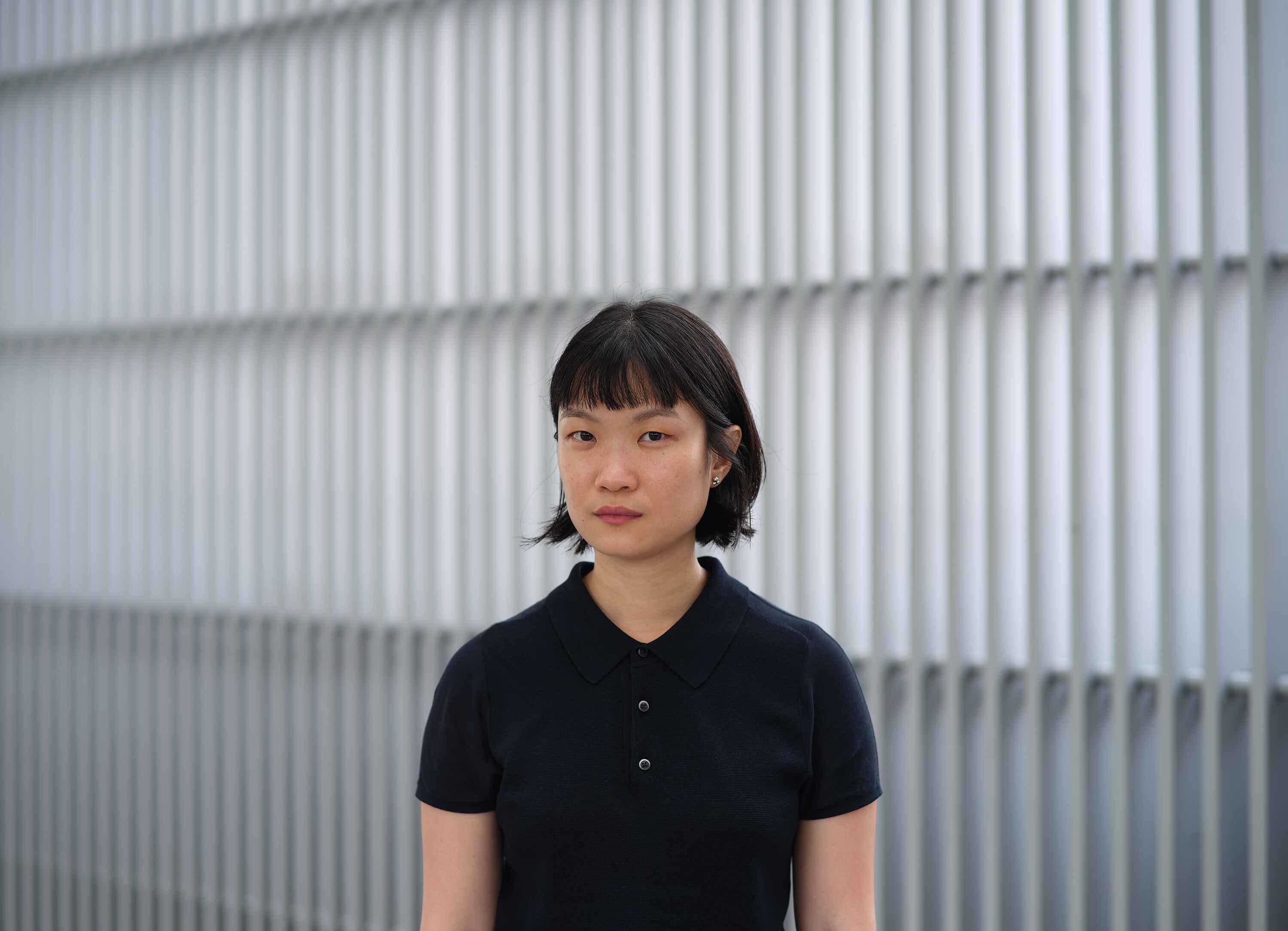
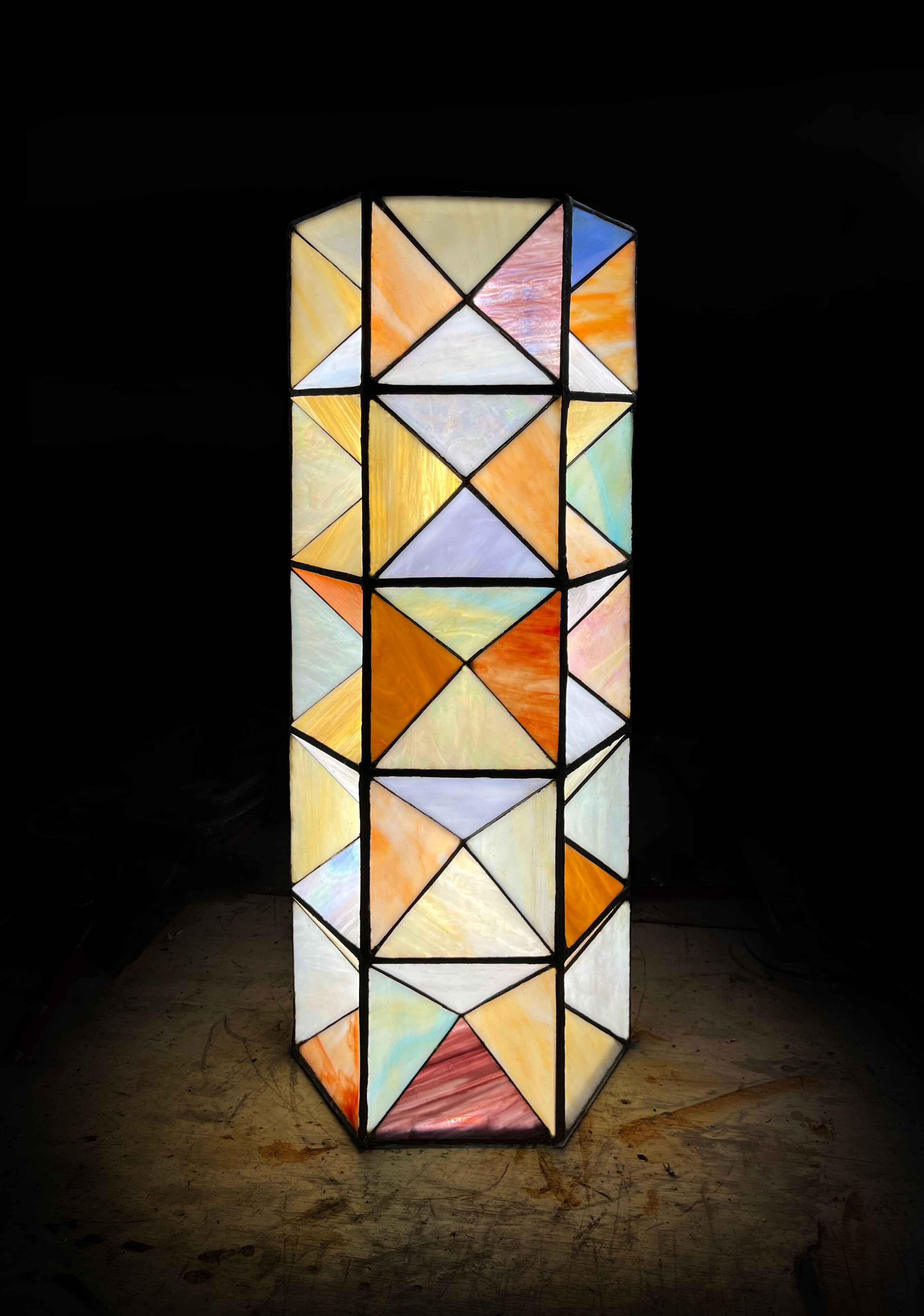
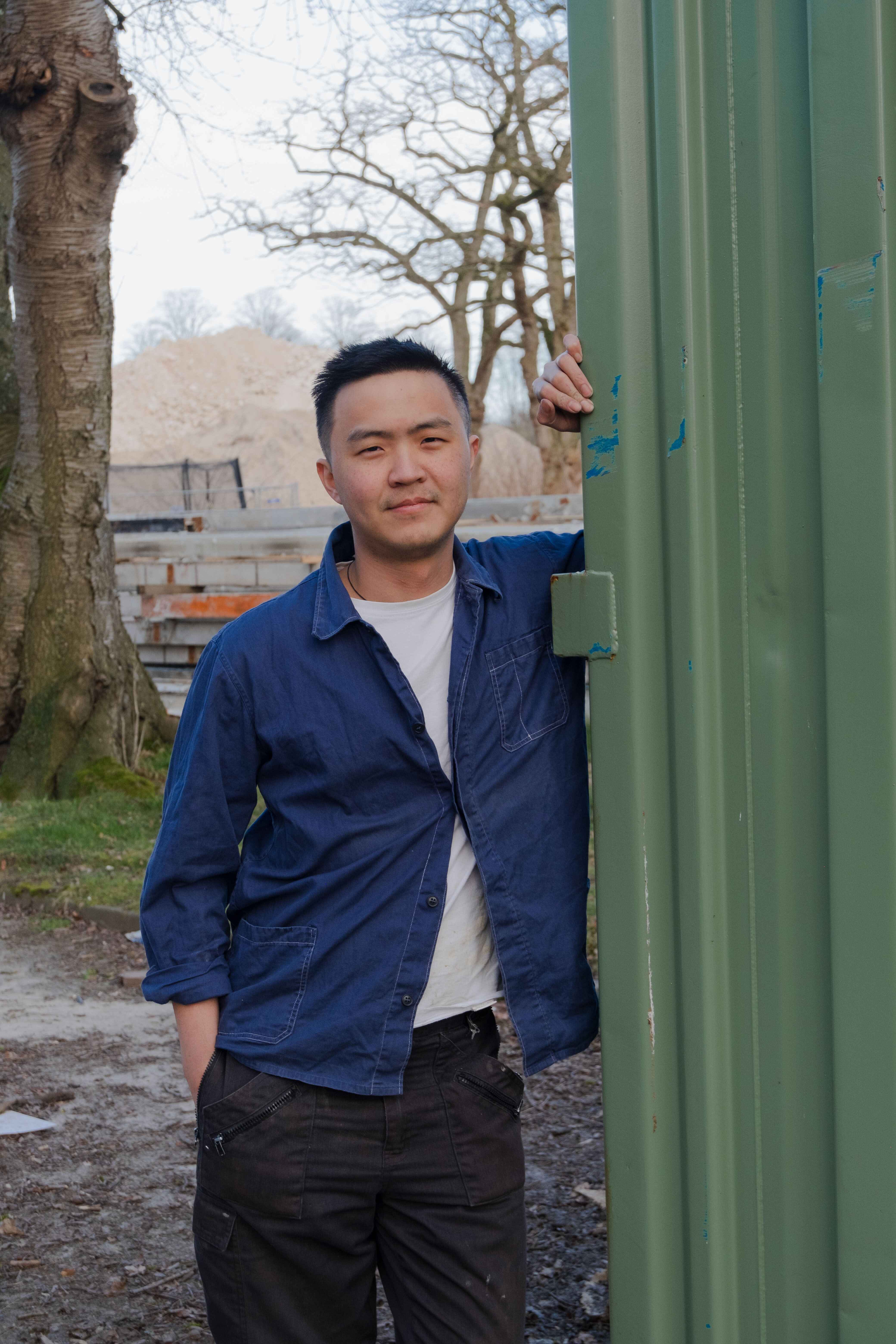
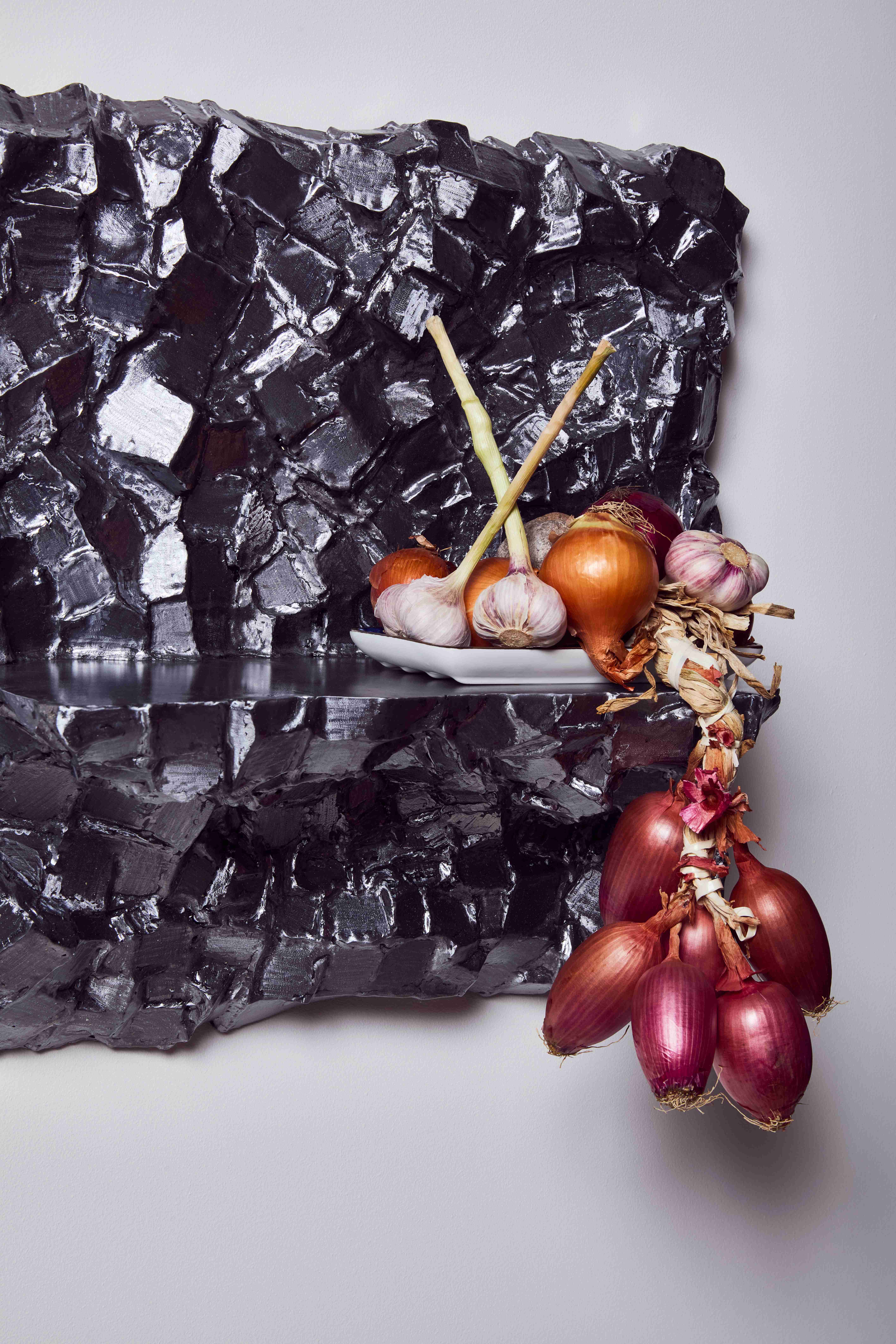


 Back
Back
